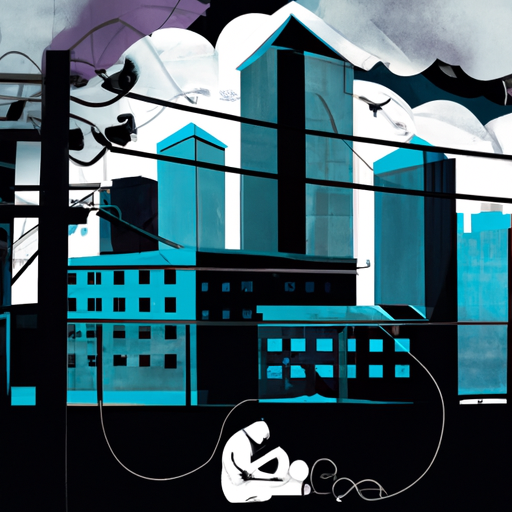The Opioid Crisis in Calgary: An Ongoing Struggle
Canada’s national opioid crisis continues to wreak havoc throughout the country, with Calgary being one of the cities hit hardest. An alarming rise in overdose deaths—primarily linked to the potent opioid fentanyl—has led civic and community leaders to take action. However, despite the significant attention given to this crisis, the extent of the problem is vast and the devastating effects continue to ripple throughout the community. In this article, we’ll shed light on the ongoing opioid crisis in Calgary and the strategies being utilized to combat its devastating effects.
The Impact of the Opioid Crisis in Calgary
The opioid crisis in Calgary is about far more than numbers—it is about the lives it touches and the ripple effect through families, friends and the wider community. This crisis has led to a noticeable increase in both crime and homelessness in Calgary, and the desperate need for solutions is becoming more apparent. Multiple sectors of society—the homeless population, healthcare system, and law enforcement—are shouldering the burden.
- On average, two people die from opioid-related overdoses every day in Alberta, many of them in Calgary.
- The opioid crisis has contributed to a rise in homelessness in the city. Individuals struggling with addiction often lose stable housing due to their substance use.
- There has also been an increase in crime related to the opioid crisis. Property crime, including thefts and break-ins, is often committed by individuals struggling with addiction who are seeking ways to fund their substance use.
Energizing Efforts to Abate the Crisis
It’s clear that action is needed, and several initiatives are underway to mitigate this public health crisis. Prevention, treatment, harm reduction, and enforcement form the four pillars of Calgary’s response to the opioid crisis.
- Naloxone kits: These kits can temporarily counteract an overdose, buying crucial time for medical personnel to arrive and provide help. These kits have been widely distributed throughout Calgary and have saved many lives.
- Opioid Dependency Program: This Alberta Health Services program provides support and treatment to individuals living with opioid use disorder.
- The Canadian opioid abatement class action lawsuit: This aims to secure compensation for governments who have had to spend significantly managing the opioid crisis.
The Role of CUPE Local 37
In a bid to tackle the Calgary opioid crisis head-on, the Public Service Alliance of Canada (PSAC) and the Canadian Union of Public Employees (CUPE) Local 37 rejected a city wage package in July 2021. This move not only highlighted the effects of the opioid crisis on the city but also emphasized the need for immediate and comprehensive solutions. Union members continue advocating for better policies to combat this crisis, showing a strong commitment to the well-being of all Calgary residents.
Moving Forward: What Lies Ahead?
While strides have been made in addressing the opioid crisis in Calgary, more needs to be done. The complexity of the issue requires a multi-sectoral approach and taking into account the social determinants of substance use. It’s clear that solutions that merely address the symptoms and not the root causes are far from adequate.
Closing Thoughts
The opioid crisis in Calgary continues to inflict a devastating toll on individuals, families, and the entire community. It’s not just a health issue; it has also led to a rise in homelessness and crime—two challenges that further add to the complexity of the situation. Despite the daunting nature of the crisis, significant efforts are being made to tackle it head-on, from the distribution of naloxone kits to the rallying of public service employees. Success will require a coordinated, multi-sector response that tackles root causes and not just symptoms, aimed at creating an environment where everyone has the opportunity to thrive.
